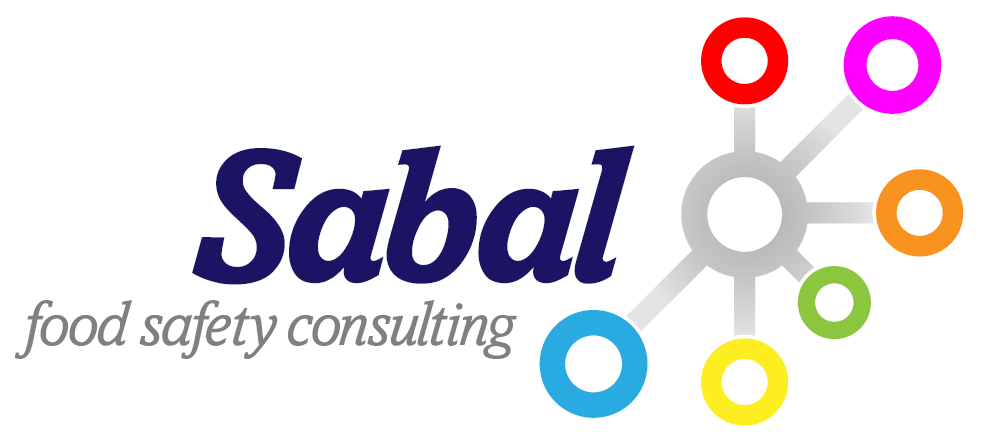
Food and drugs are edible. What’s the difference between them?
We can see everywhere the promotion of “edible cannabis”, CBD oils, HEMP edibles and other terms promoting the consumption of products derived from cannabis plant as food and claiming they treat medical conditions. I performed an investigation into some of these topics trying to better understand what they mean.
What does “edible” mean?
“Something that is suitable or safe to eat”. Source: Merriam-Webster Dictionary.
Assuming this is an acceptable definition of “edible”, both food and drugs can be categorized as edible.
What does “food” mean?
Based on the US Laws, food means: (1) articles used for food or drink for man or other animals, (2) chewing gum, and (3) articles used for components of any such article (Ingredients). Source: 21 USC 321(f).
The Food and Agriculture Organization (FAO) define “Food Security” as: “Food security exists when all people, at all times, have physical and economic access to sufficient, safe and nutritious food that meets their dietary needs and food preferences for an active and healthy life”. Source: World Food Summit, 1996. The same source indicates: “It is the nutritional status of the individual household member that is the ultimate focus” and, “The definition of sub-nutrition includes poor absorption and/or poor biological use of nutrients consumed”
By reading the previous definitions from US and international sources, we can infer that food is eaten for nutritional purposes; to nurture our bodies for “an active and healthy life”.
What does “drug” mean?
In US Law, a drug is “articles intended for use in the diagnosis, cure, mitigation, treatment, or prevention of disease in man or other animals” and “articles (other than food) intended to affect the structure or any function of the body of man or other animals”.
After reading this, it is clear that a drug is not food. A drug is related with the healing of the body, not for nutritional purposes. Note that the definition of drug explicitly excludes food.
The World Health Organization (WHO) has three definitions for a drug. “In medicine, it refers to any substance with the potential to prevent or cure disease or enhance physical or mental welfare, and in pharmacology to any chemical agent that alters the biochemical or physiological processes of tissues or organisms.” However, “In common usage, the term often refers specifically to psychoactive drugs and often, even more specifically, to illicit drugs, of which there is non-medical use in addition to any medical use.” WHO indicates in this definition that “caffeine, tobacco, alcohol and other substances in common non-medical use are also drugs in the sense of being taken at least in part for their psychoactive effects.” Source: World Health Organization, Lexicon of Alcohol and Drug Terms, 1994.
What does “nutrition” mean?
The act or process of nourishing or being nourished. Specifically: the sum of the processes by which an animal or plant takes in and utilizes food substances. Source: Merriam-Webster Dictionary.
We eat for nutritional purposes. Food products are meant for nutritional purposes. There are some drugs that are allowed to be consumed as food, like alcohol, tobacco, coffee and their use is strictly regulated.
What about HEMP and Cannabis?
On April 12th, 2018, a bill was introduced into the US Congress to amend the Agricultural Marketing Act of 1946. This Act may be cited as “Hemp Farming Act of 2018”. Hemp is defined as “…the plant Cannabis sativa L. and any part of that plant, including the seeds thereof and all derivatives, extracts, cannabinoids, isomers, acids, salts, and salts of isomers, whether growing or not, with a delta-9 tetrahydrocannabinol concentration of not more than 0.3 percent on a dry weight basis.”
On December 20th, 2018 the “Hemp Farming Act of 2018” was signed into Law. On that date, the FDA Commissioner released a statement titled “Statement from FDA Commissioner Scott Gottlieb, M.D., on signing of the Agriculture Improvement Act and the agency’s regulation of products containing cannabis and cannabis derived compounds”. The following notes were extracted from it (In quotes all notes from the FDA’s statement):
“Hemp was removed from the Controlled Substances Act, which means that it will no longer be an illegal substance under federal law.” This means that there are substances that are illegal and cannot be used for any purpose, including food or drugs.
“The FDA preserves the regulatory authority over products containing cannabis or cannabis-derived compounds under the Federal Food, Drug, and Cosmetic Act (FD&C Act). This allows the FDA to continue enforcing the law to protect patients and the public while also providing potential regulatory pathways for products containing cannabis and cannabis-derived compounds.”
“We continue to be concerned at the number of drug claims being made about products not approved by the FDA that claim to contain CBD or other cannabis-derived compounds. The FDA requires a cannabis product (hemp-derived or otherwise) that is marketed with a claim of therapeutic benefit, or with any other disease claim, to be approved by the FDA for its intended use before it may be introduced into interstate commerce.” In this case, the product is a drug.
“It’s unlawful under the FD&C Act to introduce food containing added CBD or THC into interstate commerce, or to market CBD or THC products as, or in, dietary supplements, regardless of whether the substances are hemp-derived. Under the FD&C Act, it’s illegal to introduce drug ingredients like these into the food supply, or to market them as dietary supplements. It should also be noted that some foods are derived from parts of the hemp plant that may not contain CBD or THC, meaning that their addition to foods might not raise the same issues as the addition of drug ingredients like CBD and THC.” So, as long as there is evidence that CBD or THC are not present in the food product, the FDA will allow its use as food.
“The FDA will continue to take steps to make the pathways for the lawful marketing of these products more efficient. These pathways include ways for companies to seek approval from the FDA to market with therapeutic claims a human or animal drug that is derived from cannabis”
“We are announcing that the agency has completed our evaluation of three Generally Recognized as Safe (GRAS) notices related to hulled hemp seeds, hemp seed protein and hemp seed oil and that the agency had no questions regarding the company’s (the company that introduced the GRAS notices for those three products) conclusion that the use of such products as described in the notices is safe. Therefore, these products can be legally marketed in human foods for these uses without food additive approval, provided they comply with all other requirements and do not make disease treatment claims”.
Conclusion
The only three products derived from Hemp that can be used as food are: hulled hemp seeds, hemp seed protein and hemp seed oil. The products cannot contain CBD or THC and cannot make any claim to treat any disease. Only under these conditions, in the US, it is possible to talk about food safety related to hemp.
However, we should also consider how any food product derived from cannabis, not containing CBD or THC, will nurture our bodies. Which are the nutrients provided to maintain “an active and healthy life” like the World Health Organization indicates? Why would one eat something that may not contribute to the nutrition of the body?
The future may bring evidence supporting the potential nutritional content of CBDs on the body, or not.





